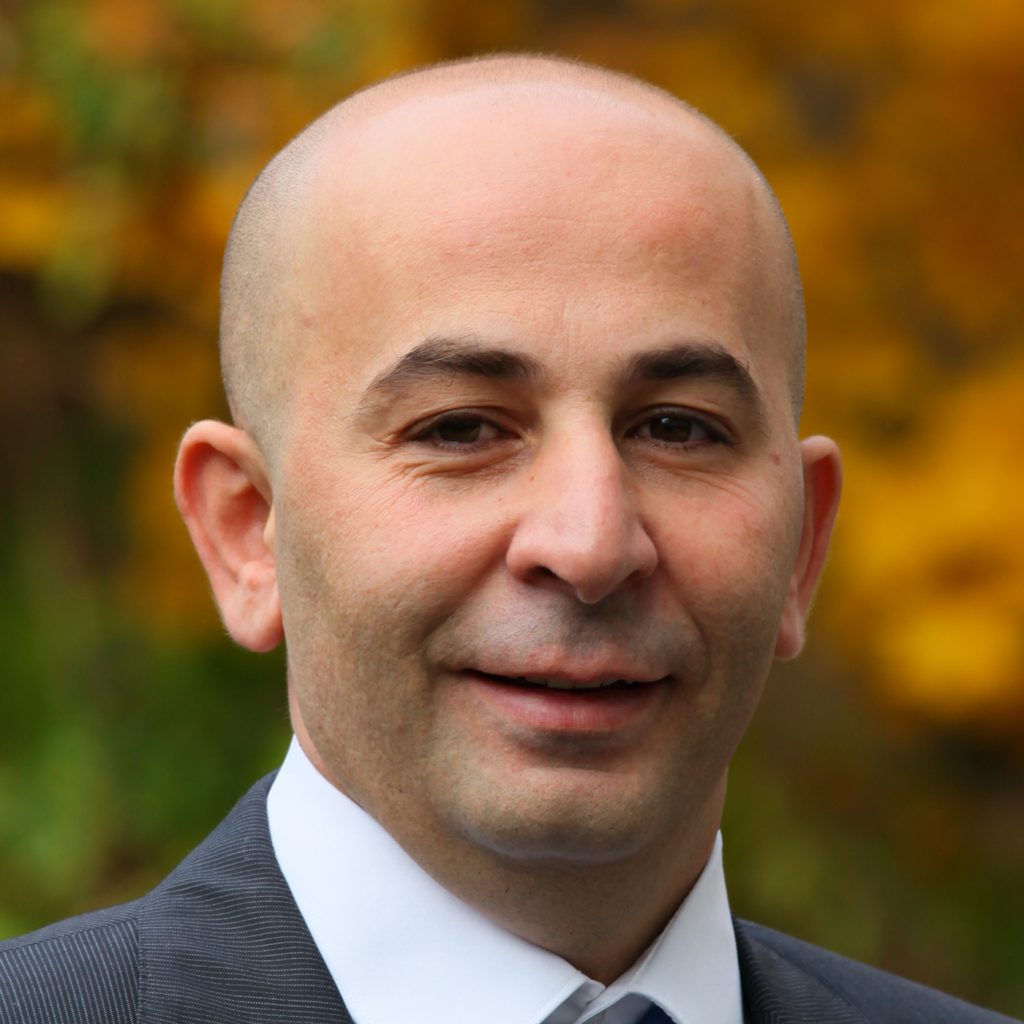Home » Education hub » The Importance of Involving Patients in the Health Technology Assessment Process for Rare Diseases
The Importance of Involving Patients in the Health Technology Assessment Process for Rare Diseases
The Importance of Involving Patients in the Health Technology Assessment Process for Rare Diseases
The Health Technology Assessment (HTA) process is an important mandatory step in the development and commercialization for pharma companies hoping to bring new drugs to market. A patient-centric approach to the HTA opens up significant opportunities for access to innovation, particularly vital in rare diseases. We spoke with Alira Health’s Annabel de Maria, Chief Patient Officer and Ahmad Bechara, Executive Vice President Global Pharma about how engaging rare disease patients in the HTA process gives them the opportunity to have a meaningful impact on the outcome.
Why is it important to include patient voices in the HTA conversation about a new treatment for a rare disease?
Annabel: In rare diseases, there are so many unmet needs that access to treatments is very challenging. Patients often feel that they must take the lead on searching for treatments, even getting involved in the clinical process because they desperately seek solutions. For both pharma companies and HTA bodies, engaging with patients in the HTA process is vital because no one is more knowledgeable about their diseases.
Ahmad: Many of the members of HTA bodies learn about a rare disease for the first time when they receive a dossier for review from a pharma company. Physicians also may lack full awareness because there is a low probability that they have ever consulted with a patient with that specific rare disease. Therefore, it’s vital that those involved in the HTA hear directly from patients about the disease burden and the impact on their daily life. Patients can also share what might help to reduce their burden and what they expect to gain from a new drug. No one can speak about a rare disease with more authority and knowledge than the patients who live with and suffer from it. They should be able to influence the prioritization of investment in innovative treatments for their disease and accelerate access to treatments they deem important.
Are patients typically involved in the HTA process today?
Annabel: Both HTA bodies and pharma companies have a responsibility to engage with patients, particularly in rare diseases which are so little understood. HTA bodies can include patients on their committees and in their meetings, and pharma companies need to develop a patient engagement strategy that includes gathering data for the HTA dossier.
When it comes to the HTA bodies engaging with patients in the evaluation process, some countries are more advanced than others. In Europe, the United Kingdom (UK), Germany, and France have established advanced processes for patient participation; the National Institute for Health and Care Excellence, the UK’s HTA body, is one of the most advanced. We can also find interesting examples in some regions like Catalonia in Spain, where patients do not just participate, they actually have a vote in the process. We are currently partnering with a pharmaceutical company to help replicate the Catalan model in other Spanish regions.
How can pharma companies involve rare disease patients in the HTA process?
Annabel: For pharma companies focused on treating rare diseases, they can work with patients very early on. One way to engage with patients is to get involved with patient associations. Start in the preclinical phase by understanding the patient journey through their eyes. Interview them to understand their real unmet needs. Then translate those insights into the trial protocols; for example, what type of patient reported outcomes should be collected.
Pharma can also collect data directly from the patients they engage with and create a set of data that complements the dossier they will present to the HTA body. As Ahmad said, sometimes the authorities do not know enough about the burden of rare diseases, and this additional data can help educate them.
Ahmad: If you engage patients up front and determine the value of your asset and your endpoints for the clinical trials based on their input (a patient-centric approach), the resulting outcomes you present in your HTA dossier will reflect a more accurate patient-experienced burden of disease, adding meaning to clinical outcomes.
I also recommend that pharma companies help patients to advocate for their cause in front of the HTA body. However, patients need to be educated on how to communicate to HTA bodies, speaking beyond their emotional state; they’ll need to speak in the language that payers understand. The HTAs have limited budgets and must make difficult decisions.
Annabel: Companies that are truly committed to patient centricity understand that they should work with patients throughout the product lifecycle, especially in rare diseases. Ideally, all companies will move in this direction.
Ahmad: Still to this day, companies may not feel motivated to invest in rare disease treatments because the return on investment is low. I’m hopeful that with new technology, including artificial intelligence, and with innovative value-based contracting such as price tied to outcomes, the same dedicated payer budget can cover more innovations and make them accessible to patients faster. Patients with rare diseases, pharma companies, and payers need to work together to bring innovations to the market in a timely manner and at a responsible price.
At Alira Health, we offer companies working in rare diseases a continuum of solutions unique in the US and EU markets. Our support spans regulatory through clinical and biometrics to market access, patient engagement, and real-world evidence. Contact us to de-risk and accelerate the path to clinical development and commercialization in both pediatric and adult indications.


Expert answers provided by Annabel de Maria, Chief Patient Officer at Alira Health, and Ahmad Bechara, Executive Vice President Global Pharma at Alira Health.


Expert answers provided by Annabel de Maria, Chief Patient Officer at Alira Health, and Ahmad Bechara, Executive Vice President Global Pharma at Alira Health.
Subscribe to our newsletter for the latest news, events, and thought leadership
